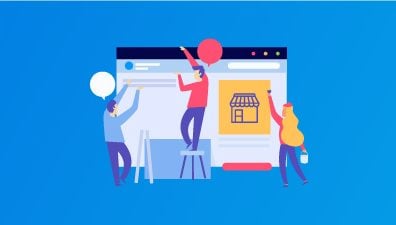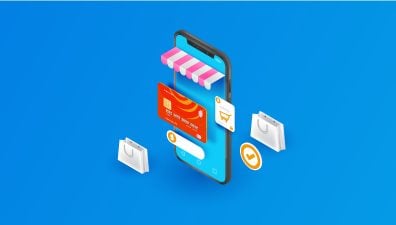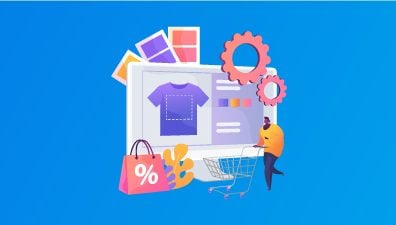When a business is looking to make a purchase, the buying process can be long and complicated. It’s important to understand the B2B buying process definition so that you can improve your chances of success during it. In this post, we’ll take a look at the different steps involved in the B2B buying process, as well as some tips for making the most of each step. Let’s get started!
Table of Contents
What is B2B Buying Process?
Although the steps in the B2B buying process may resemble those in the B2C sales process quite a bit, the process as a whole is very different. Since each B2B buying decision will have some sort of future impact on the business, it is longer and more intensive as previously said.
The B2B purchasing process typically takes many steps and a lot of time. In actuality, some deals may take a year or longer.

Business-to-business purchasing typically involves more than one individual, unlike B2C purchasing. A group of people examines the potential investment, and occasionally a senior individual will make the final decision.
Let’s examine the step-by-step B2B buying process 6 stages:
Realizing there is a problem to be fixed
Customers at this stage of the B2B buyer’s journey, also known as the “awareness” stage, have just come to the conclusion that they have a problem that must be fixed immediately. The cause of the issue will determine what steps should be taken to address it, whether there is a need for a new product, an existing product, or a modified version of an existing product.
Looking for resources and information
The customers will then start a quick search for the ideal good or service. The B2B buyer will conduct research on potential options at this point and assess costs, product quality, shipping options, product range, etc.
Even though some consumers might use conventional physical channels to find items, many are more likely to use digital channels, such as brand websites, search engines, white papers, and B2B marketplaces. For this reason, it’s crucial that your B2B firm maintain a strong online presence.
Consumers must narrow down their options before making a purchase after conducting product research and learning about the costs and benefits of the items they require.
Assessing and contrasting the options
By this stage, consumers have a clearer notion of what they’re searching for in a solution and have built a list of potential vendors. Choosing which one is ideal for their business is now the issue at hand.
They will, to some extent, examine each option objectively, but it is far more crucial for them to think about how choosing one solution over another will affect their company.
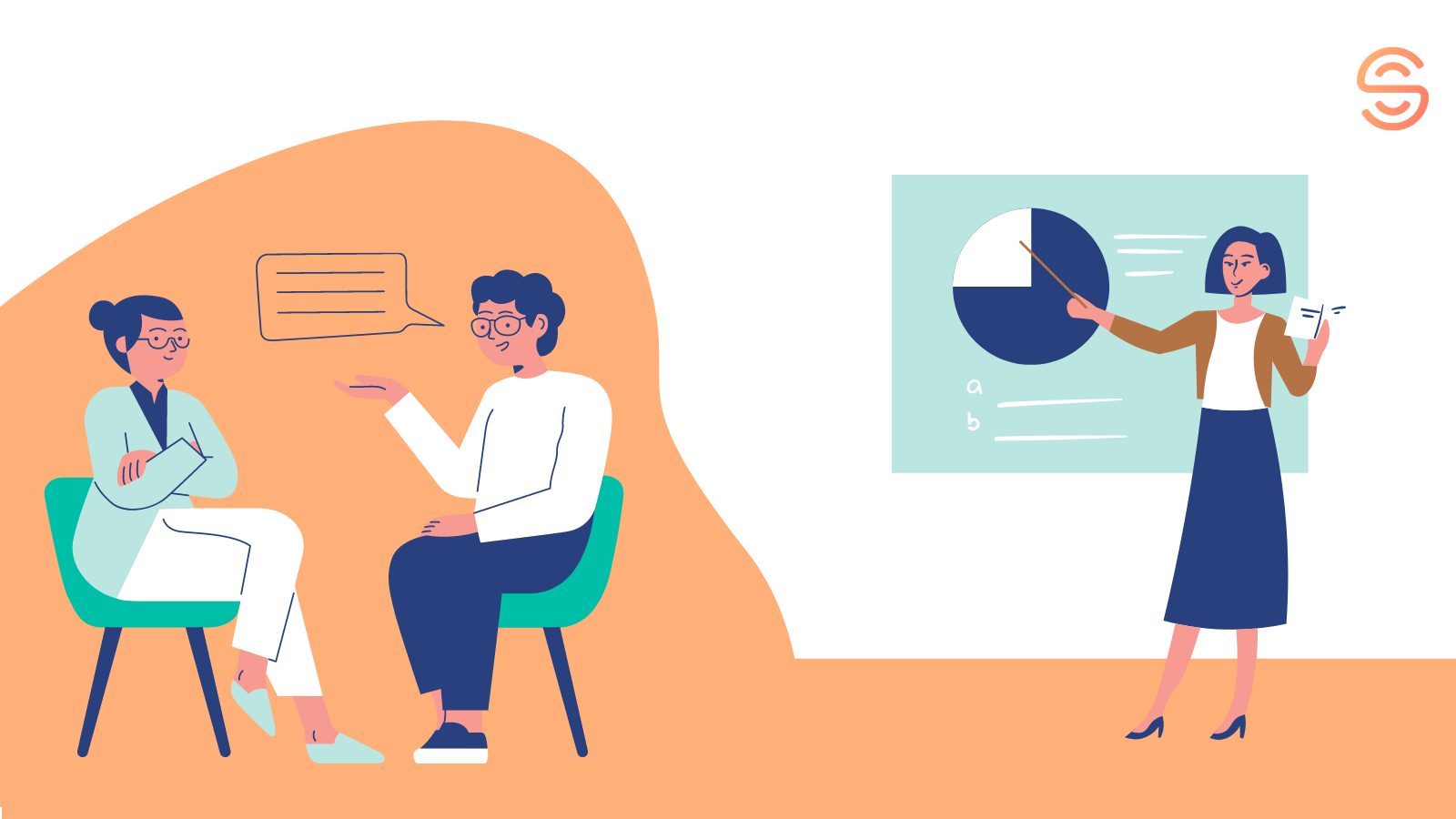
Justifying the purchase
The validation stage comes next. The buyer has probably made a decision at this stage, but they now need to justify it. Typically, this involves requesting recommendations from the vendor or making a presentation to upper management to get their support.
You should be ready to answer challenging questions and demonstrate why your company is the greatest choice for the consumer because, frequently, the person who decides the purchase is not the one performing the research.
Closing the buying procedure
The consumer has already decided to buy a company’s solution and is “signing on the dotted line” at this point. However, as was already indicated, this transactional phase of the process is different from its B2C cousin.
The B2B businesses will then have a private meeting and negotiate the payment terms. To obtain an appropriate cost per unit, they will rely on volume pricing, and split shipment of large orders over several deliveries or to several locations.
Assessing the good or service after buying it
Despite being the final step in the purchasing process, this is the point at which the relationship between B2B businesses and their clients really starts.
It is essential to maintain a relationship with your consumers and keep them coming back, whether you’re doing this by offering ongoing service and support, gathering and acting on customer feedback, or offering more offers and valuable products over time.
Who Is Involved in the B2B Buying Process?
Sellers interact with various people inside and outside of the purchasing organization at every level of the B2B purchase process. These people can have a variety of effects on the sale and may take on one or more of the following roles:
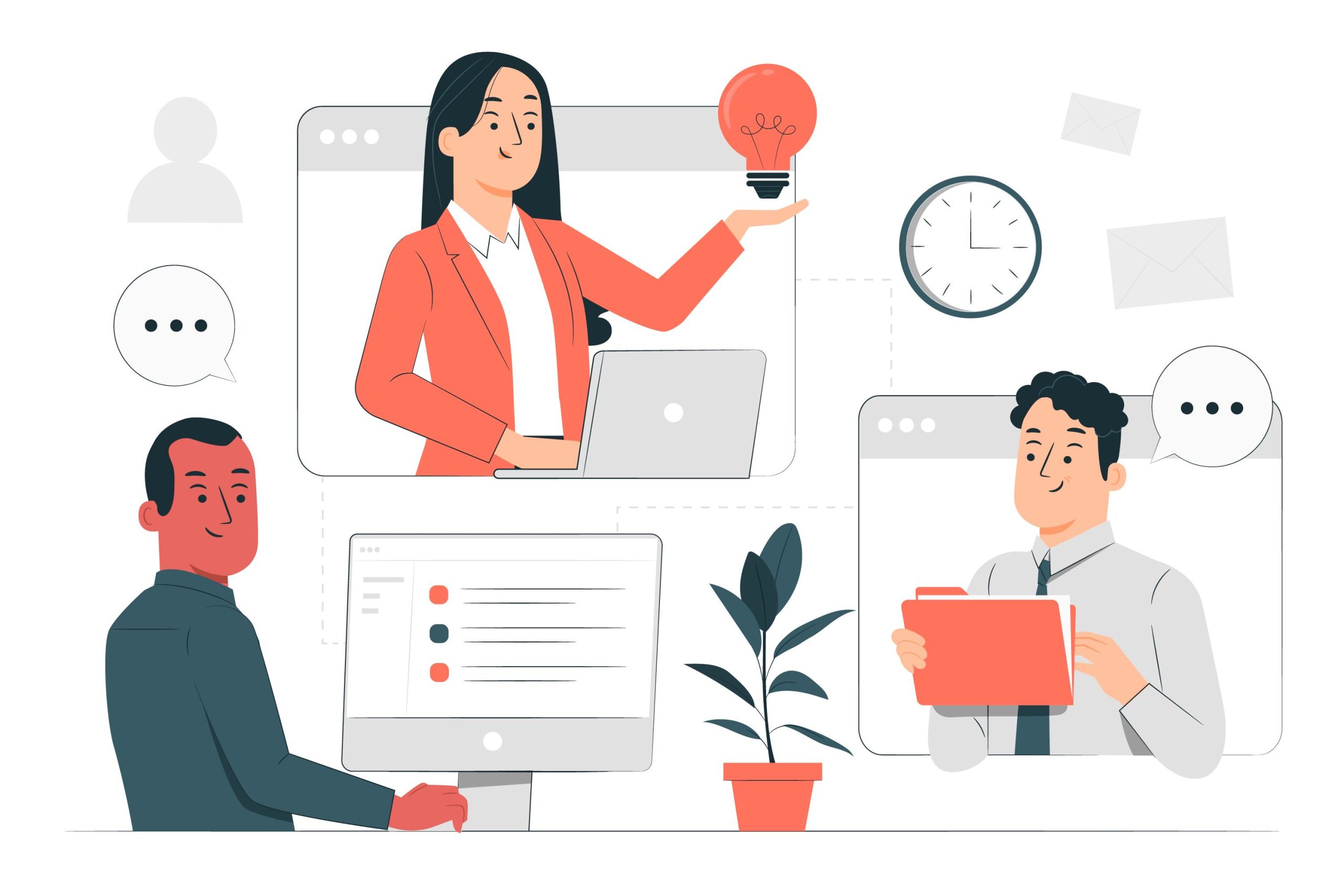
Initiator
The initiator is the individual who recognizes the issue or opportunity and raises their concerns with others in positions of authority. Any employee of the company could do this.
Buyer
An individual who buys a solution is referred to as the buyer. The person who approves the purchase may be a buying manager or a department manager.
Decision-maker
A decision-maker is someone who approves the purchase and makes the ultimate choice. Company executives, business development managers, buying executives, and accounting department heads can all make decisions.
Influencer
Influencers are internal or external professionals who can sway a customer’s choice to buy. They could be department heads, consultants, or buyers’ committee members.
Gatekeeper
The flow of information within an organization is regulated by gatekeepers. They consist of first-contact personnel such as researchers, administrative assistants, and other people.
User
A user is a person who will make use of a product and need it. Customer reviews might be crucial during the purchasing process.
What Influences the B2B Buying Process?
The B2B buying decision process is mostly influenced by the four criteria below.

Environmental Factors
These include the political climate, business climate, and economy at the moment.
The current state of the economy may determine whether a buyer may make a purchase now or must wait until conditions improve. More particularly, changes in interest and exchange rates have a significant impact on B2B purchasing decisions; a decline in interest rates results in increased purchase rates.
Another significant factor is competition, which can increase the urgency of company purchases. For instance, if a rival company introduces a new product that has a detrimental effect on a rival company, the latter company would feel compelled to make a purchase right away to gain an advantage over the rival.
The B2B purchase decision process is frequently influenced by political environments. Governmental organizations have established pretty strict and tightly regulated purchasing practices in an effort to prevent corruption. Penalties will be applied to those who disobey. Such circumstances put firms under pressure to change specific activities and buy new items solely to avoid paying fines.
Organizational factors
Clearly, business goals and objectives are important to the B2B purchasing process. Most of the time, the decision-makers are expected to provide a convincing argument for how the new acquisition will assist the business to accomplish its objectives and mission.
A buyer will certainly need a top-notch provider if they want to market high-quality goods. However, they should choose a supplier with low expenses if they intend to sell less expensive goods. Additionally, businesses must ensure that any new goods they intend to purchase are compatible with their current technology and systems.
Interpersonal factors
Relationships between peers and bosses are important as well. If a decision maker isn’t really on good terms with a superior or a colleague, they might have less influence on the choice made.
More importantly, the decision-making team’s members need to get along with one another. They must act with complete transparency and have complete faith in one another.
Individual attitudes
B2B purchasing decisions may be influenced by the characteristics of the people participating in the buying process. In addition to an individual’s age and educational background, other important factors include their job title, level, and length of service with the company. The purchase process may also be influenced by credibility and business goals.
An effective illustration of how particular components operate is provided here: A new team leader wants to use a cutting-edge method to improve the productivity and output of their team. Since they have only recently joined the company, they will need more time to establish their leadership and present a strong argument for why the organization should invest in new technologies.
How to Improve the B2B Buying Journey
The steps in the B2B buying process should be obvious and smooth to make doing business with your firm as simple as possible for potential customers. Let’s examine a couple more practical strategies for enhancing the consumer experience.
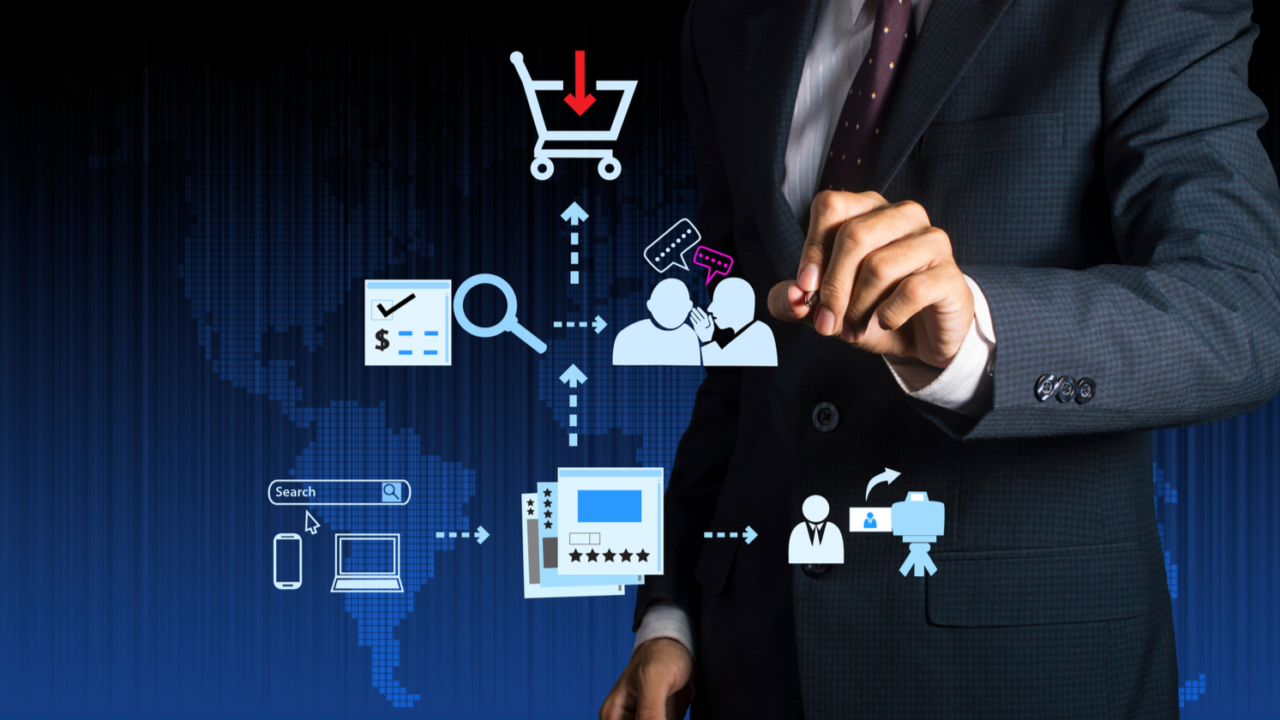
Improve your online visibility
B2B vendors must now be much more proactive online and have a solid digital marketing plan due to changes in B2B purchasing. It’s not enough to just have a website and several social media accounts; you also need to use them all in a way that benefits your audience.
This entails updating your website with correct information about your business, offering first-rate technical support, and improving the usability and aesthetics of the user experience while on the page.
Building social proof
As was already noted, a lot of B2B buyers base their decisions on social proof. At various stages of the buyer’s journey, social proof can be displayed in a variety of ways.
For instance, you might take into account developing a referral program for your current customers to join if prospects at the awareness stage are looking for referrals.
You should provide client testimonials and case studies to prospects who are getting close to making a decision so that they can see how successfully your solution worked for others.
Give useful and suitable information
Your company must be open, honest, and transparent about the goings-on of your business in addition to providing your clients with vital and useful information.
This entails presenting information to your audience in a transparent and honest way, including your company’s mission and goals, any initiatives you support or take on, and your operational and transactional processes as they affect the consumer.
Of course, you also want to give them a lot of information about how effective your goods and services are. Be detailed about the outcomes your previous clients have experienced, whether it was more productivity, better loss prevention, or higher sales figures.
To wrap up
As you can see, the B2B buying process is a complex journey that takes into account many factors. By understanding these stages and preparing your content and sales teams accordingly, you can improve this process for both your customers and your business. Have you tried any of these techniques to help move potential buyers through the purchasing funnel? Contact us if you need more support from our team!


